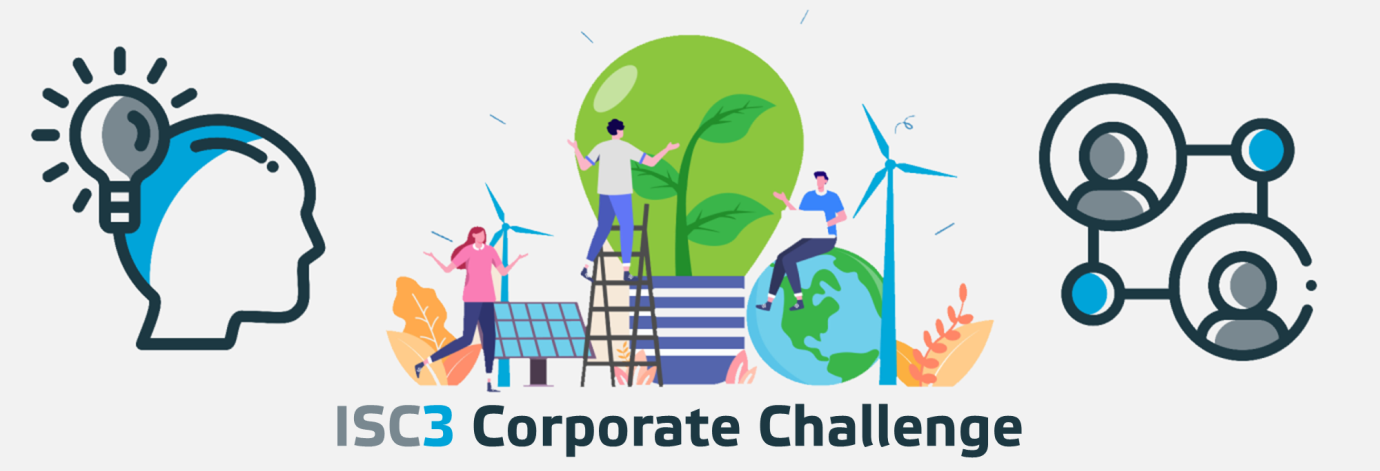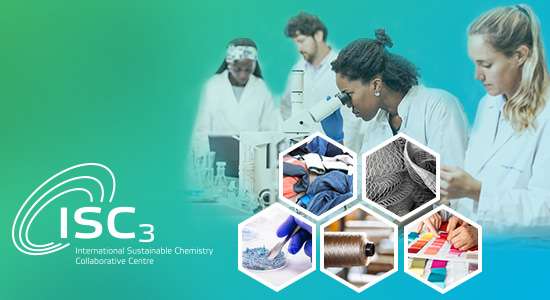Finalists will be required to submit a 2 kg sample of their proposed plasticiser. NUVANT will cover shipment costs, conduct all testing at no cost to participants, and share results transparently. This pathway provides innovators with a unique opportunity to bring their sustainable solutions to market at industrial scale.
The full requirements for Technical Validation and Testing can be found here.
Technical Details
A PVC-coated textile typically consists of four primary layers:
1. Textile Substrate:Usually made of 100% polyester. In this case, recycled polyester is used, with a weight of 140 g/m².
2. Adhesion Layer: Ensures bonding between the textile and the upper layers. Typical weight: 70–100 g/m². Composition:
- PVC Emulsion Resin: 30–50%
- Bio-Based Plasticizer: 30–40%
- Thermal Stabilizer (CaZn type): 0.5–2%
- Flame Retardant: 0.5–1%, antimony trioxide-free
- Filler: 6–12%
3. Foamed Layer:Contains a blowing agent to enable chemical foaming of the plastisol. Typical weight: 200–300 g/m². Composition:
- PVC Emulsion Resin: 30–50%
- Bio-Based Plasticizer: 30–40%
- Thermal Stabilizer (CaZn type): 0.5–2%
4. Top Layer (Skin):Solid layer providing surface finish and durability. Typical weight: 100–200 g/m². Composition:
- PVC Emulsion Resin: 40–60%
- Bio-Based Plasticizer: 30–40%
- Thermal Stabilizer (CaZn type): 0.5–2%
- UV Absorber: 0.1–0.5%
- Flame Retardant Blend: 10–20%
- Filler: 5–10%
Performance Validation Requirements
To ensure the proposed plasticizer meets the required specifications, it must be tested within the basic structure of the coated textile. The following evaluations will be conducted:
- Volatility Test: According to ASTM D1203, with a maximum allowable weight loss of 10%
- Fogging Test (gravimetric and photometric)
- Odor Evaluation
- Accelerated Thermal Aging
- Additional Tests: As deemed necessary by the Nuvant technical team
Note: The specific methodology for evaluating the product will be provided once the challenge is accepted. This applies to all the tests described in this section.






